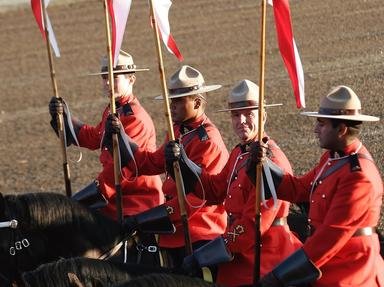Quiz Answer Key and Fun Facts
1. It has been estimated that some time prior to 14000 BCE, Indigenous peoples (Paleo-Indian) traveled across what land bridge from Eastern Siberia to arrive in North America?
2. On July 3, 1608 Samuel de Champlain established what is now known as Quebec City at the location of an abandoned Iroquoian settlement. What was this settlement called?
3. Over three hundred years after the establishment of the Hudson's Bay Company on May 2, 1670, they were still operating in various nations around the world. What was the name of the parcel of land that the company controlled on Canadian soil once making them the largest landowners in the world?
4. What Canadian heroine overheard the plans for a surprise attack on June 21, 1813 and traveled over twenty miles to give a warning over the impending plot?
5. Montgomery's Tavern was the site of a famous battle that took place on December 7, 1837 during the Upper Canada Rebellion. In what modern day city did this incident occur?
6. September 9, 1864 was the start of the Charlottetown Conference. On October 10, 1864 the Quebec Conference began and lasted two weeks. A final conference known as the London Conference took place on December 4, 1866. What was the significance of these three conferences?
7. With growing issues in the Dominion of Canada, Prime Minister John A. MacDonald received approval to form a new police force on May 23, 1873. What was the name given to this police force?
8. What Canadian politician and leader of the Metis people of the Canadian Prairies was hanged for treason on November 16, 1885?
9. On November 7, 1885, the "last spike" was driven officially completing which large scale railway line?
10. On August 16, 1896, gold was discovered in what Canadian Territory leading to the migration of over 100,000 miners to the region in what became known as the "Klondike Gold Rush"?
Source: Author
apathy100
This quiz was reviewed by FunTrivia editor
bloomsby before going online.
Any errors found in FunTrivia content are routinely corrected through our feedback system.
